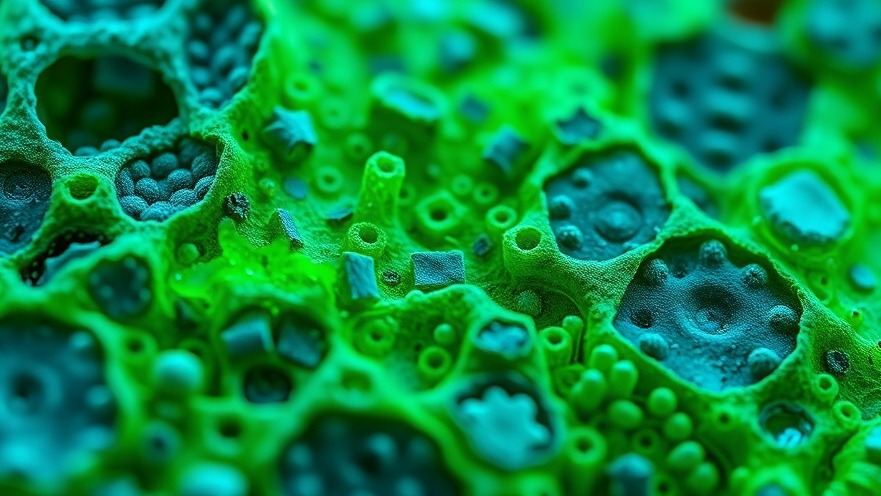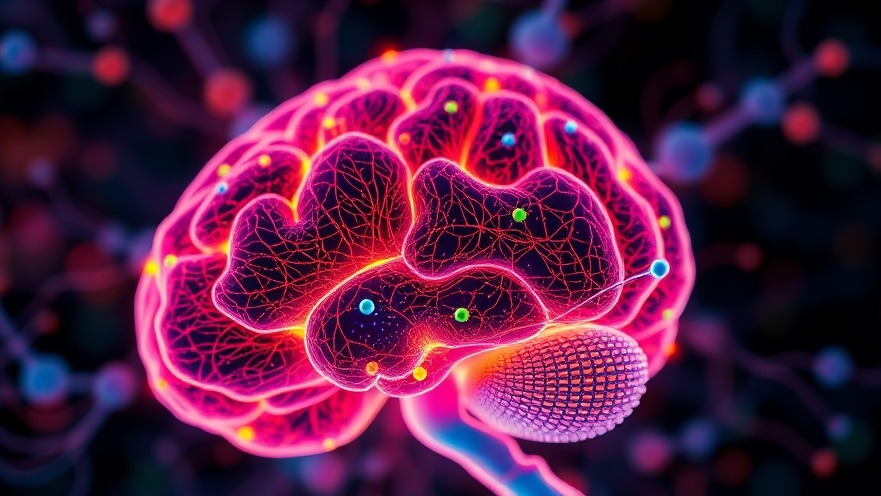
The Evolution of Soft Tissue Repair: A Game Changer
Recent advancements in medical technology are reshaping the landscape of soft tissue repair, especially in vital organs such as the lungs, heart, and blood vessels. A collaborative effort by researchers from the University of California, Los Angeles (UCLA) and the University of California, San Diego (UCSD) has led to the development of an innovative injectable sealant that promises to enhance the healing process following injuries in soft, elastic tissues. This breakthrough could be viewed as a cornerstone for future surgical procedures, potentially eliminating the complications traditionally associated with sutures and staples.
Understanding Soft Tissue Injuries
Soft tissue injuries present unique challenges during surgical repairs due to the inherent elasticity and movement of organs, which makes traditional methods like suturing or stapling ineffective. These methods, although popularly used, are not well-suited for dynamic tissues that constantly expand and contract with each heartbeat or breath. An effective alternative could not only improve surgical outcomes but also provide greater comfort and safety for patients.
The Innovative Sealant: MeTro and Laponite SNs
The new sealant is formulated with methacryloyl-modified human recombinant tropoelastin (MeTro) combined with Laponite silicate nanoplatelets (SNs). This combination creates a hydrogel that has been shown to enhance tissue adhesion and hemostatic efficacy, meaning it can stop bleeding more effectively while securely bonding to tissue. In preclinical studies, significant improvements were observed in adhesion strength during procedures involving lung and arterial injuries.
Insights from Preclinical Testing
In preclinical models, researchers tested the hydrogel on rats and pig subjects after inflicting controlled injuries. They measured critical parameters such as adhesion strength, clotting time, and tissue response—all key indicators of the sealant’s performance in a real-world dynamic setting. By using a formulation of varying concentrations of SNs, the researchers were able to assess how effective this new sealant would be under stress, simulating conditions analogous to human physiology.
Overcoming Traditional Challenges
While traditional adhesives—such as cyanoacrylates—offer strong bonding capabilities, they often come with the downside of excessive stiffness and cytotoxic effects. The innovative MeTro-based sealant addresses these issues by maintaining a balance between adhesion and flexibility. Moreover, existing hemostatic agents can sometimes provoke adverse reactions in patients with clotting disorders, which is another area where the new sealant shows promise.
Future Implications for Patient Care
The implications of this technology extend far beyond the laboratory. Concerns regarding recovery time, risk of complications, and overall patient outcomes are paramount for health practitioners. With the potential to integrate such biocompatible materials into surgical practice, physicians can anticipate not only faster healing times but also reduced rates of postoperative complications associated with traditional closure methods.
Transforming Surgical Practices
As this technology matures, it could revolutionize how surgeries are conducted on soft organs. The application of a bioengineered hydrogel to seal soft tissue injuries represents a major leap forward. This innovation may provide practitioners like you with the tools necessary to improve patient satisfaction and outcomes dramatically.
Conclusion and Call to Action
As a concierge health practitioner, staying informed about breakthrough technologies like the MeTro-Laponite sealant can help enhance the level of care you provide. Engaging with emerging medical advancements not only broadens your expertise but also equips you to offer improved solutions that align with the evolving standards of patient care. Keep an eye on further developments in surgical adhesives and consider how such innovations can be integrated into your practice for better results.
 Add Row
Add Row  Add
Add 




Write A Comment